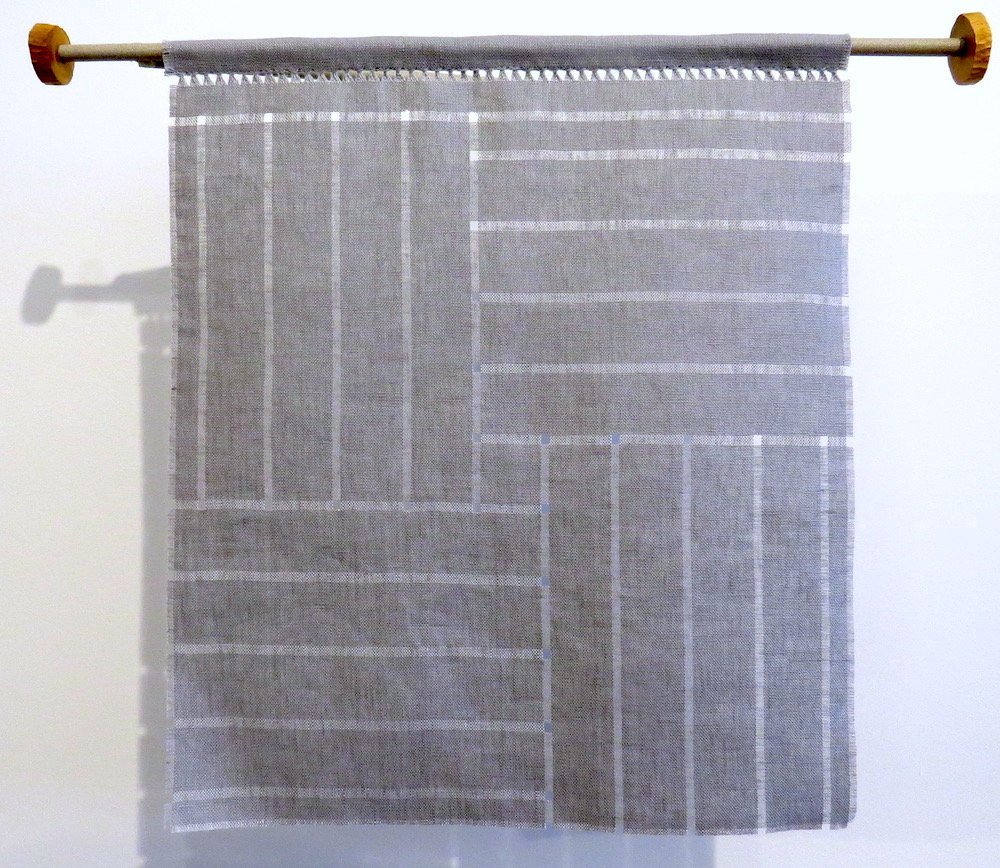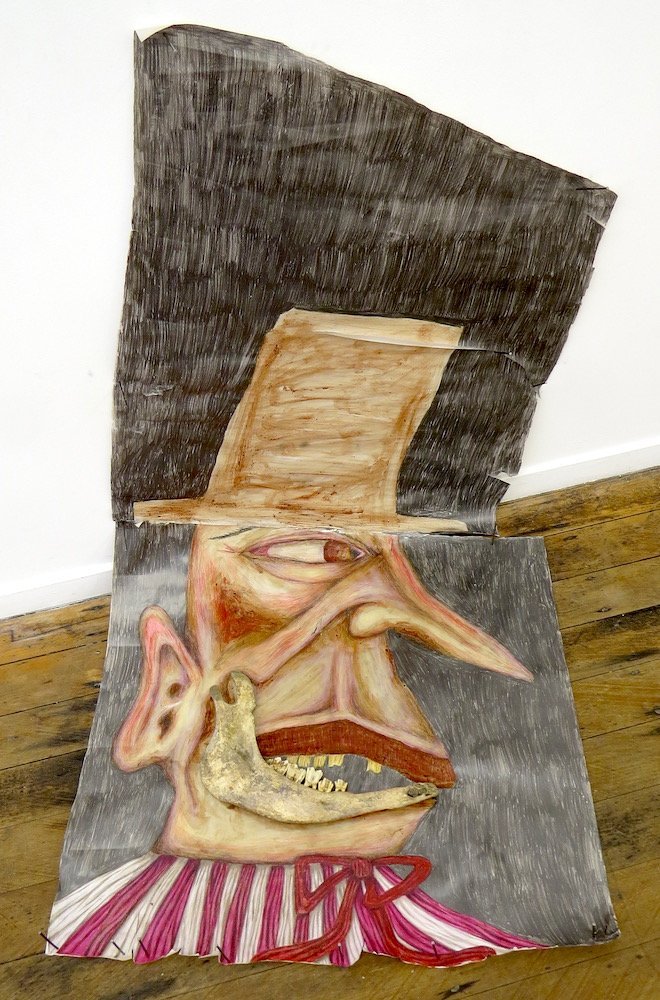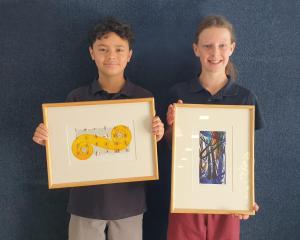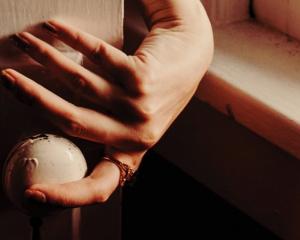James Dignan takes in some exhibitions.

‘‘Where the Circles Overlap’’
Megan Brady
(Hutch)
Megan Brady has been following her whakapapa upstream, checking out its connections, its watershed and its rohe (area).
The exhibition’s title, a gardening term, is a reference to mapping and to finding conducive grounds in which to thrive.
Along the artist’s journey she has visited the allegorical and literal connections between her ancestry and the land, exploring how our lives are intertwined with and echoed in the environment.
Her story and her exhibition, is one in which the much-used term ‘‘tangata whenua’’ finds a solid grounding, a tale of the intertwining of the people and the land.
Brady’s art mainly employs three natural media - cut and polished slices of rimu, small linen squares and stream pebbles.
Using her grandmother’s embroidery threads, the artist has woven necklace strands to hold small rimu discs.
Rimu is also used as a ground into which small pebbles are embedded, the grain of the wood reflecting the patterns of currents in a stream.
In the linen works, squares of fabric have had threads meticulously removed, leaving a geometrical pattern of thick and thin cloth.
The artist is literally paying out lines into the awa of her ancestry, with each thread removed, like the curves of a moko, invoking the memory of an ancestral name or event.

‘‘Disposable Gestures’’
Priscilla Rose Howe and Liam Krijgsman
(Blue Oyster Art Project Space)
A dark carnival awaits at Blue Oyster, a bizarro parody of consumerism and capitalism.
In two large floor works by Priscilla Rose Howe, caricature figures feast on bones, their distended semi-nude bodies gurning at their meal.
There is an evil sensuality here, the characters picking the last meat from the bones and shells of the world, their rapacious desire taking even the last gristle off the world’s corpse.
The heavily worked surface of Greased, with its bone-covered fat-cat financier, is a similar joyful obscenity.
Using cheap, everyday materials, these tableaux will decay during the exhibition, with only the bones likely to remain.
The works take inspiration from depictions of the cynical and callous throughout art history, most clearly from the Weimar-era images of George Grosz.
Beyond these two works is the gentle hum of an imitation bathroom roller towel.
These contraptions, once common in public toilets, gave the impression of cleanliness, their never-ending loop of towelling eventually passing on as many germs as they wiped off.
Liam Krijgsman’s installation, with its constantly moving cycle of towel, suggests attempts to clean oneself both physically and mentally as well as the laundering of the truth by capitalism while all around the world gets shabbier and dirtier.

‘‘My Octopus is Death, My Octopus is Life’’
Henry Turner
(Brett McDowell Gallery)
Henry Turner cannot be easily pigeonholed.
The artist’s assemblages use a wild variety of materials to create magpie-hoards of glitzy cameos. Part installation, part collage, part painting, the creations become individual melanges of art and artefact.
Above these pieces hang four spectacular light fittings, each created to the artist’s precise specifications.
One of the joys of a Turner exhibition is his shrine-like arrays of tiny works, in this exhibition represented by the 22 panes of The Rain Who Fell mk. 5.
Tiny gems, these items work as separate pieces while simultaneously being part of a display that is greater than the sum of its parts.
Turner has nullified the usual sterility of gallery walls by hanging his works in front of vintage blankets.
The woven backdrops are well-chosen, with the colours and patterns perfectly complementing the pieces in front of them.
The one potential problem with this is that the blankets almost seem to be parts of the works and the constructions may seem diminished away from their woollen surrounds.
Despite this, the items have an innate if quixotic charm, which is enhanced by surreal titles such as The 5-second Opportunist (featuring Year of the Suffering Dump Truck).
Any meaning which may be attached to the titles is left entirely to the viewer.













